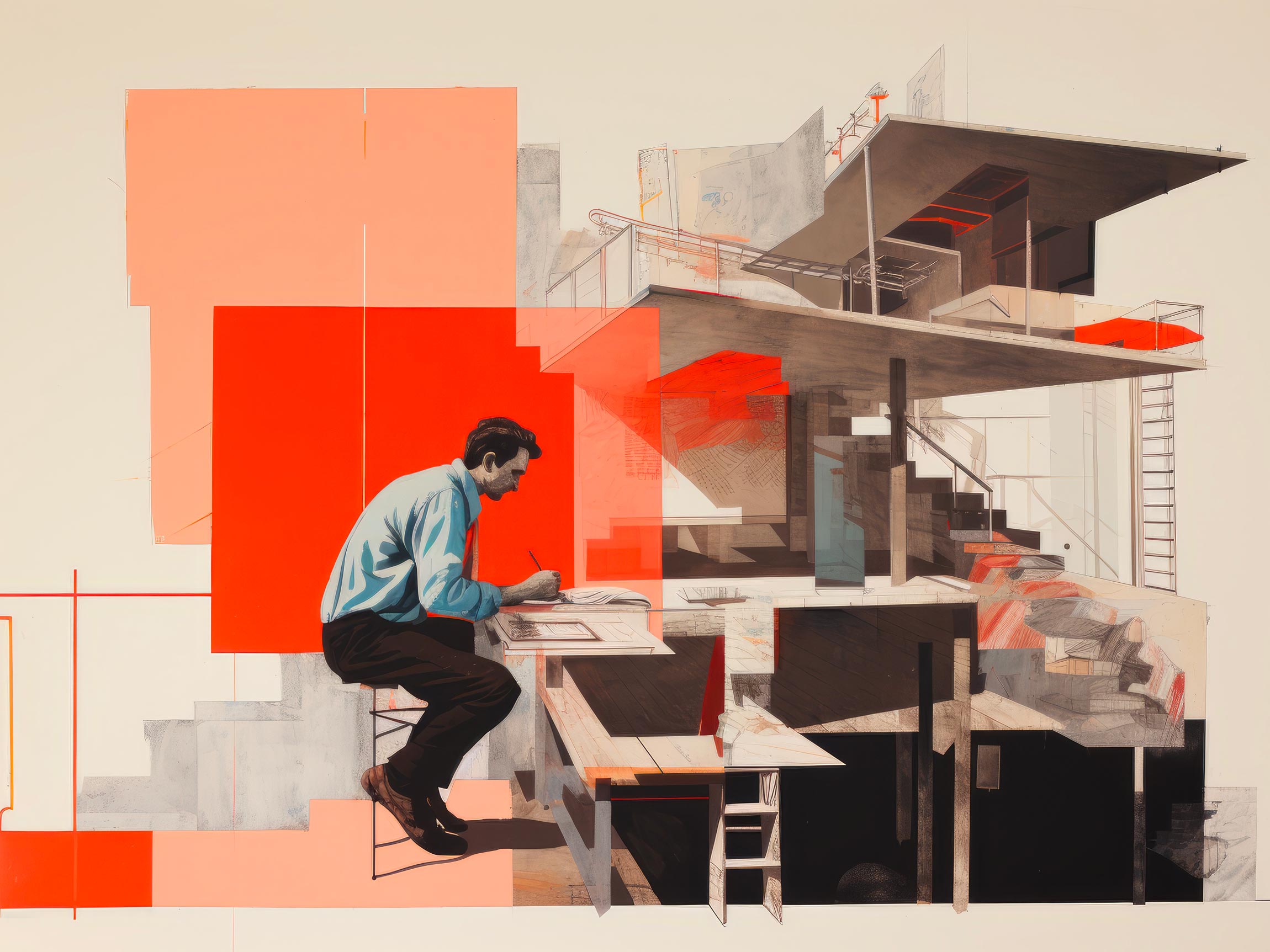The origins of scientific illustration in biotechnology can be traced back to the 1800’s. The intricate world of anatomical structures, cellular landscapes, and natural phenomena found its visual counterpart in the meticulous renderings of skilled illustrators. These early illustrations served as windows into the microcosm of life, allowing scientists and the curious-minded to peer into the mysteries of existence.
Capturing Complexity with Unparalleled Precision
As biotechnology advanced, so too did the tools and techniques of scientific illustration. The marriage of artistry and scientific inquiry yielded illustrations that transcended mere representation, delving into the realm of interpretation and elucidation. The role of scientific illustration expanded beyond documentation, becoming a means of communication that transcended language and discipline.
A Visual Voyage through the Ages
The evolution of scientific illustration in biotech parallels the unfolding story of scientific discovery itself. From Andreas Vesalius’ groundbreaking anatomical drawings that laid the foundation for modern medicine, to the iconic depictions of Gregor Mendel’s pea plants that unraveled the mysteries of genetics, illustrators have played an unsung yet critical role in translating scientific revelations into accessible visual formats. These illustrations became portals through which generations of learners could embark on voyages of exploration and comprehension.
Modern Frontiers: From Pencils to Pixels
With the advent of digital technology, the landscape of scientific illustration underwent a radical transformation. The transition from pencils to pixels opened new horizons of possibility, allowing for dynamic interactive visualizations and three-dimensional reconstructions. Molecular landscapes that were once confined to two-dimensional paper now leapt into the realm of virtual reality, offering researchers and students immersive experiences that transcend the limitations of traditional illustration.
Beyond Aesthetics: Illustration as Epistemic Scaffold
Scientific illustration in biotech is far more than an exercise in aesthetics; it is an epistemic scaffold upon which the edifice of knowledge is constructed. The act of rendering complex concepts demands a deep engagement with the subject matter, a process that nurtures a profound comprehension that extends beyond the canvas. Illustrators become conduits through which scientific insights are channeled, distilling the abstract into the tangible and making the intangible accessible.
A Continuing Legacy: Forging the Path Ahead
In an age dominated by digital media and rapid information consumption, the art of scientific illustration reminds us of the value of deliberate observation, patient contemplation, and the power of visual storytelling. As biotechnology continues to unravel the mysteries of life, scientific illustration stands as a testament to the symbiotic relationship between art and science.


